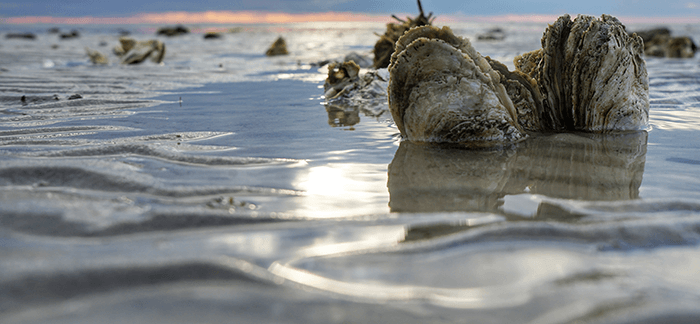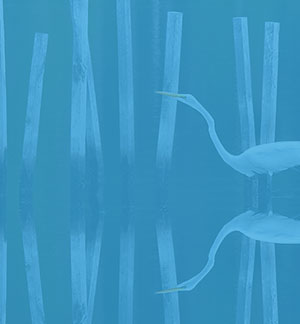About the Blueprint
-
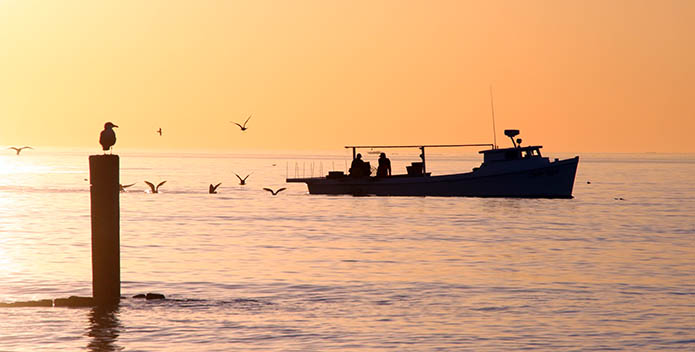
2014 Chesapeake Bay Watershed Agreement
In 2014, representatives from the entire watershed signed the Chesapeake Bay Watershed Agreement. For the first time, Delaware, New York, and West Virginia committed to full partnership in the Bay Program.
-
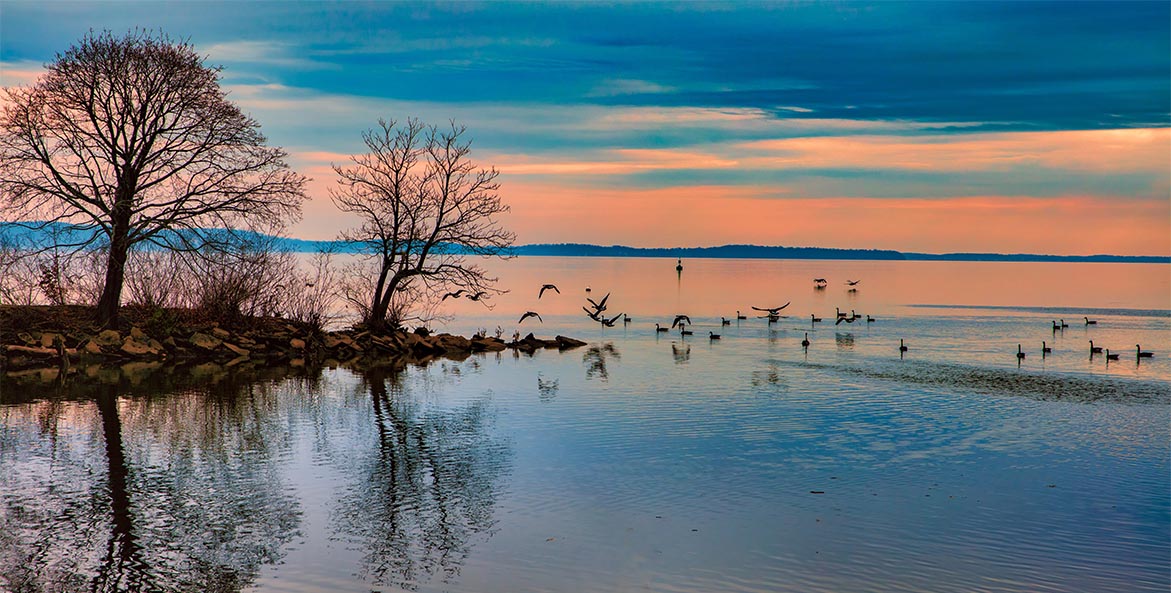
The History of Chesapeake Bay Cleanup Efforts
A history of the effort to restore the Chesapeake Bay and implement the Clean Water Blueprint.
-
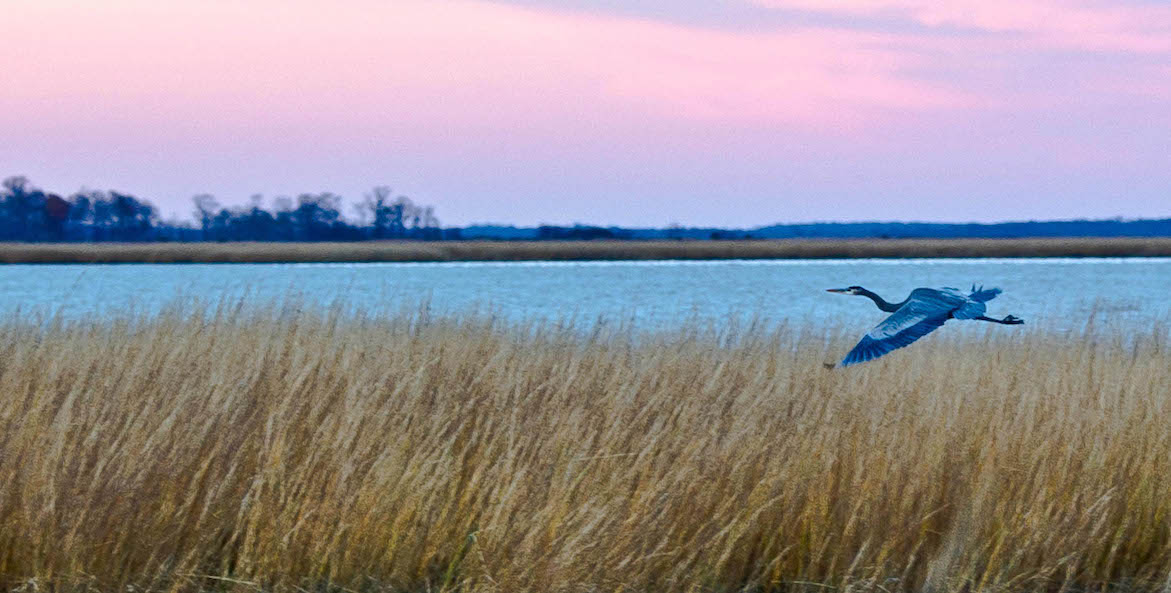
What is the Chesapeake Clean Water Blueprint?
Despite tremendous clean water progress across the Chesapeake Bay watershed, restoration efforts will not meet the nutrient pollution-reduction goals set under the Chesapeake Clean Water Blueprint by 2025. But 2025 is a deadline—not a finish line. And the Blueprint is working.
-
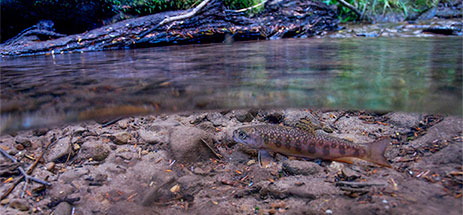
The Chesapeake Clean Water Blueprint
Learn about the Blueprint for protecting and restoring our Bay, rivers, and streams for us and future generations.
-
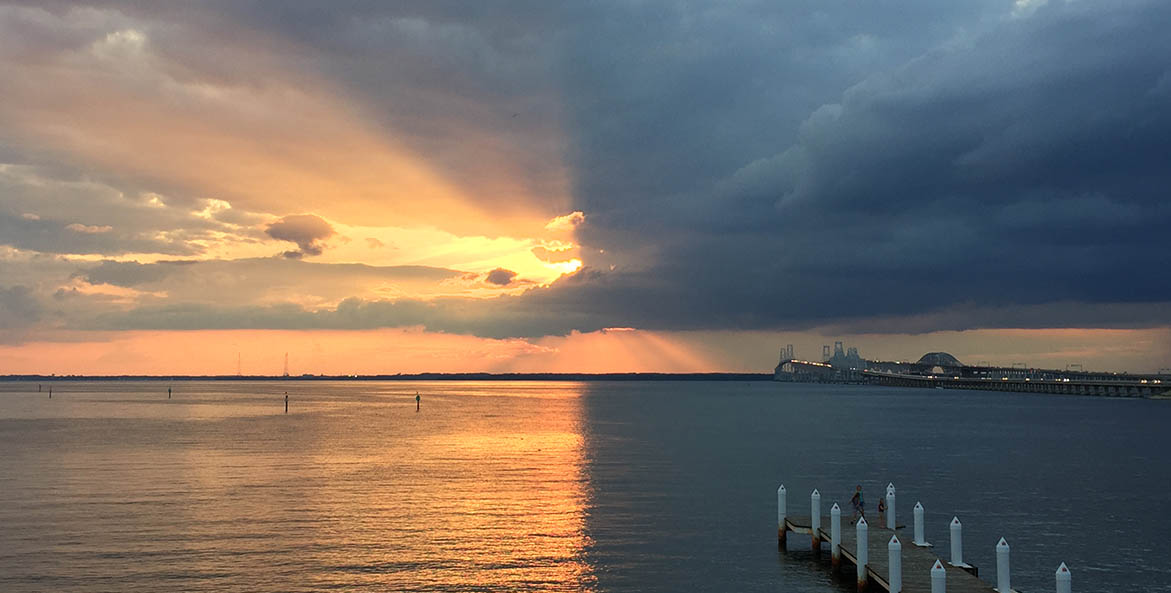
Chesapeake Bay Restoration at a Crossroads
The future of the restoration effort will depend on action this year by the region's governors and federal and local leaders.
-
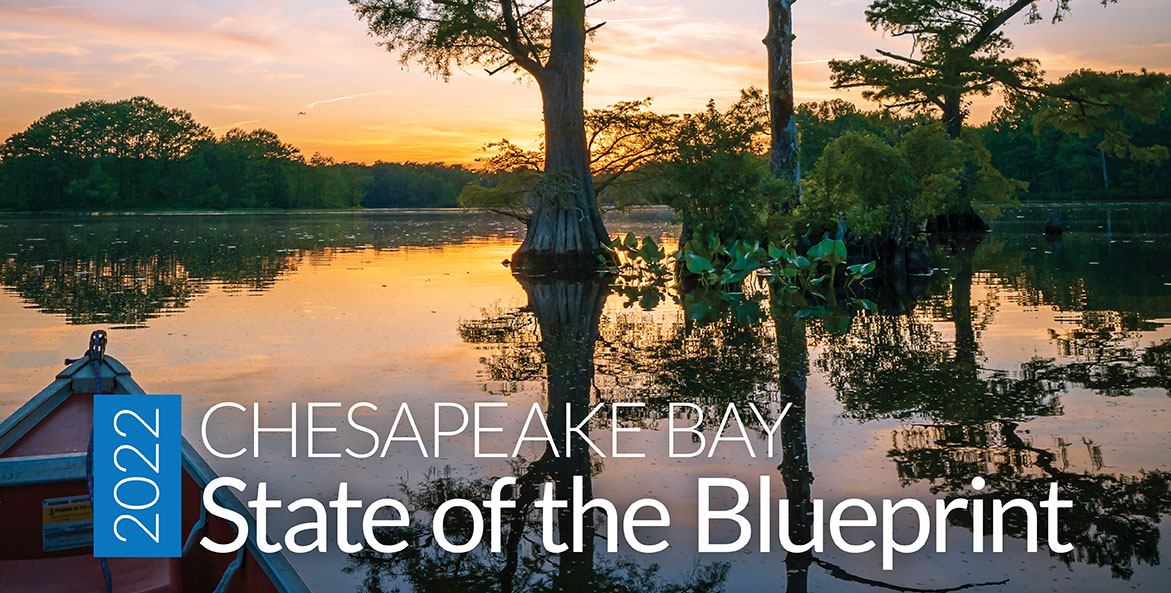
2022 State of the Blueprint
We're approaching the 2025 implementation deadline for the historic Chesapeake Clean Water Blueprint. How far have we come and how far do we have to go?
-
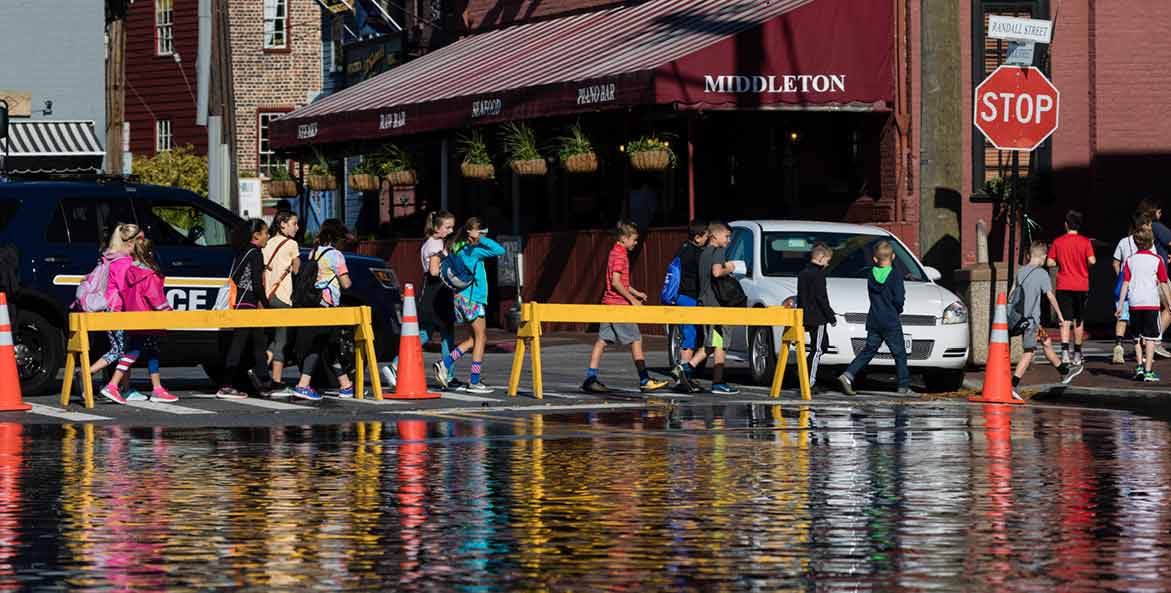
-

How You Can Help Save the Bay
It is critically important that residents get involved to help save the Chesapeake Bay.
-
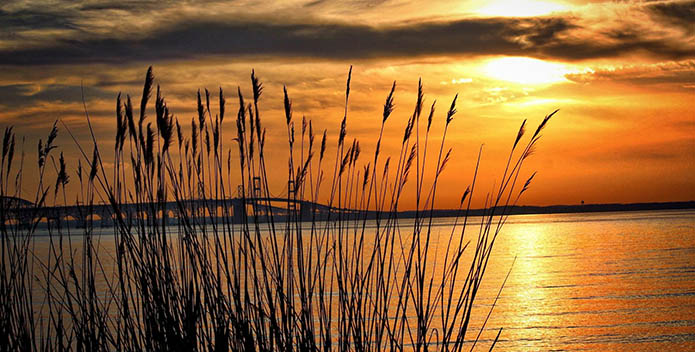
5 Things You Should Know About the Chesapeake Clean Water Blueprint
We talk a lot about the Chesapeake Clean Water Blueprint. But what is it and why is it so important? This infographic shows you five things you should know.
In the Blog
-
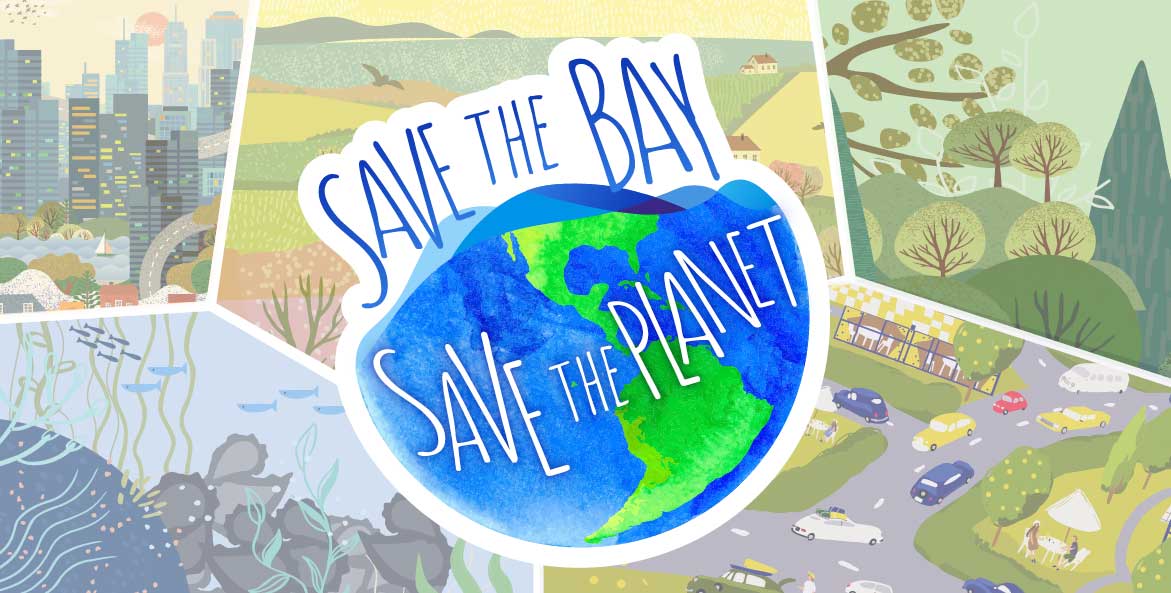
52 Years of Earth Day
April 21, 2022
This Friday marks the 52nd anniversary of Earth Day. This important day set off an extraordinary movement to celebrate our natural world and inspire people from all walks of life to stand up for its critical protection and restoration. Look at the history of what this day has meant to all of us who insist on a clean and healthy Earth.
-
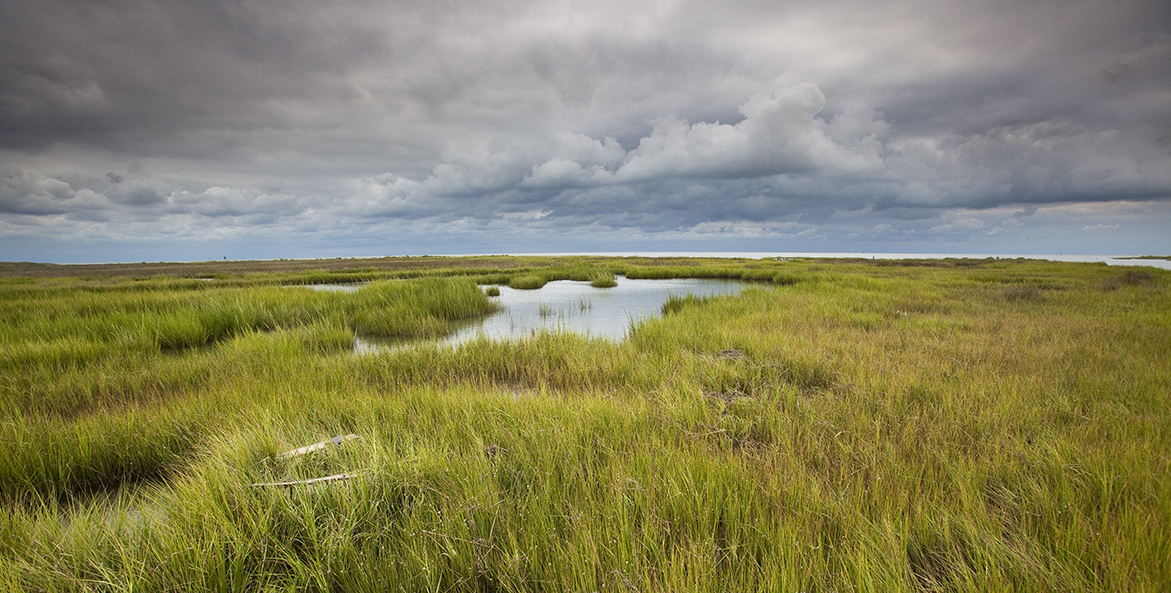
Save the Bay News: Are We on Track?
January 21, 2022
Our monthly roundup of engaging and educational content for you to enjoy at home. This month we discuss the 2021 State of the Blueprint report and how we can get Bay restoration back on track.
-
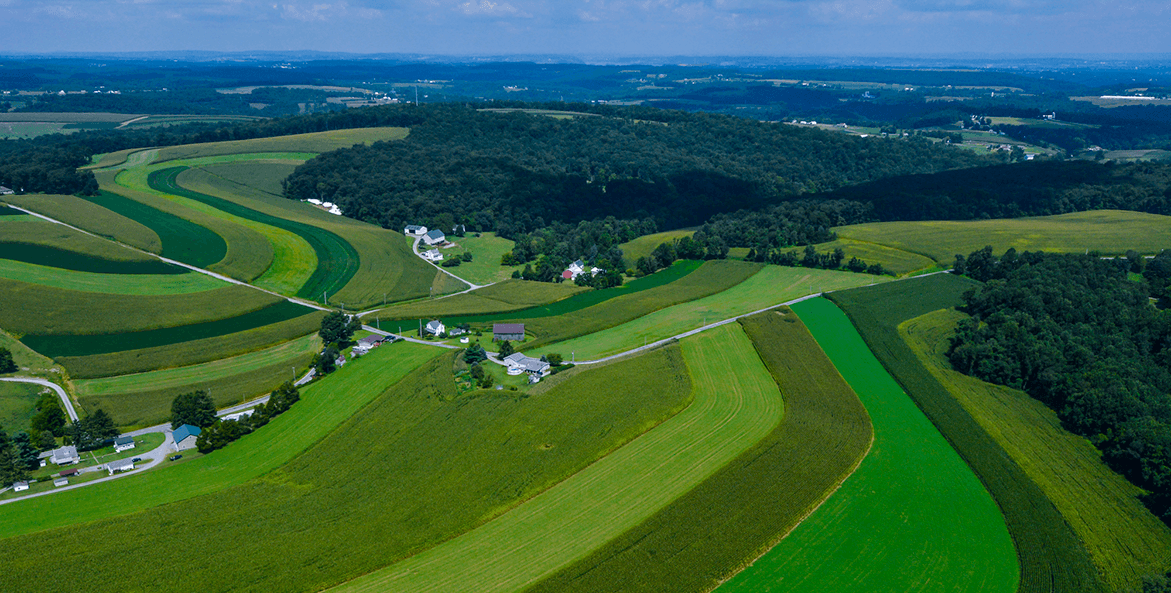
Raiding Dedicated Conservation Funds to Plug the State’s Budget Gap Would Further Damage Pennsylvania’s Environment
November 18, 2020
As Pennsylvania legislators begin looking under the Commonwealth’s cushions for enough spare change to plug a state budget gap that could be higher than $4 billion, they should keep hands off of funds already dedicated to conservation and environmental programs.
-
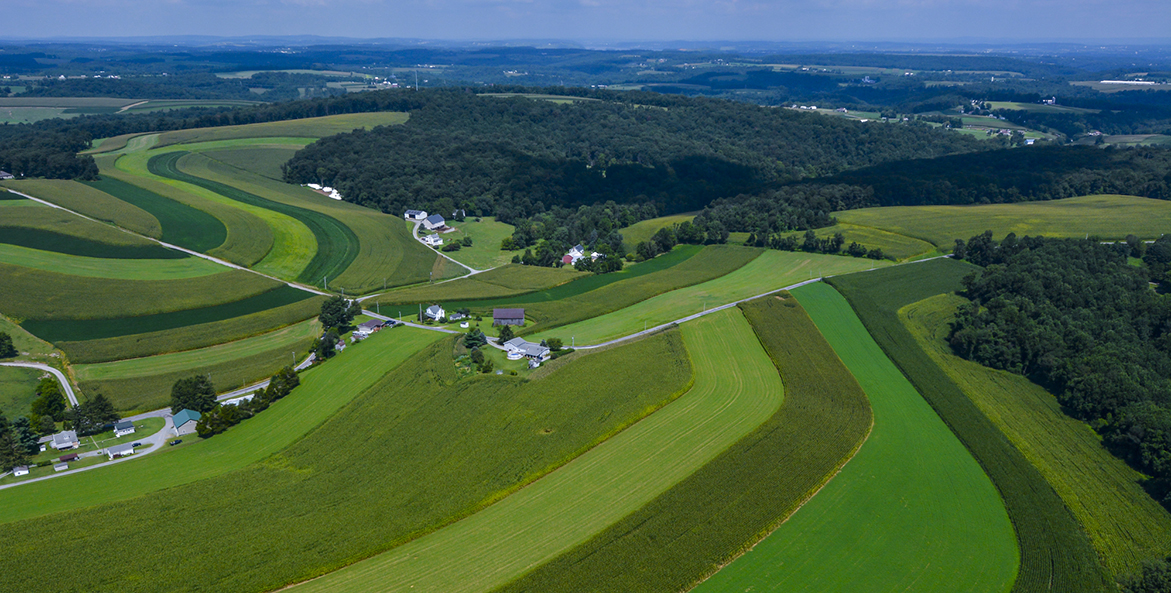
CBF Suing EPA Will Benefit Pennsylvanians
October 20, 2020
In this season and all going forward, we should remind those elected to serve us and who may have forgotten, that clean water counts in Pennsylvania.
-
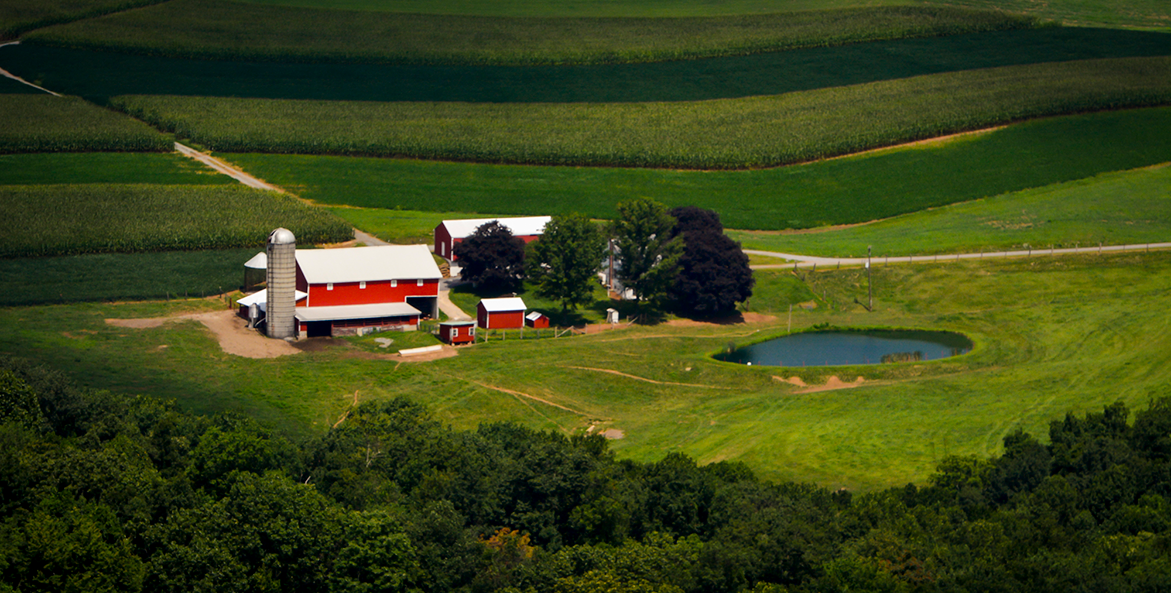
Time for Pennsylvania to Live up to Promises Made
August 31, 2020
Since more than half of the freshwater that pours into the bay comes from the Susquehanna River, saving the Bay is only possible if we first save the local Pennsylvania rivers and streams that feed into it.
| Items 1 - 5 of 32 | 1 | 2 | 3 | 4 | 5 | 6 | 7 | Next |

